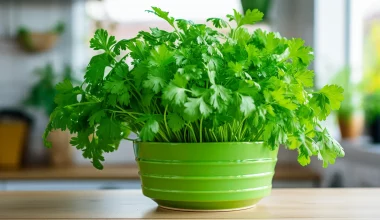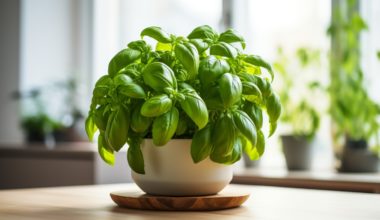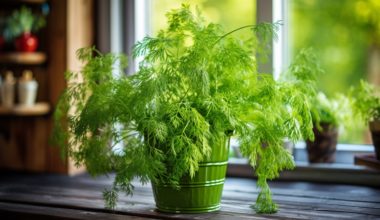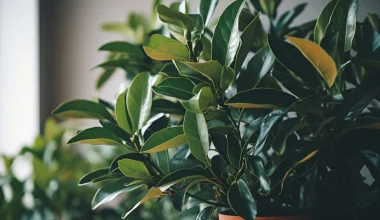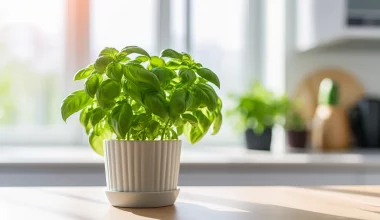In this article, we will be exploring the ins and outs of growing lemongrass at home, with a particular focus on the climate and conditions in the UK.
A Brief Introduction to Lemongrass
Lemongrass is a tropical herb packed with strong citrus flavour. Its scientific name, Cymbopogon citratus, reflects its aromatic nature. While it’s a common ingredient in Thai and Vietnamese cooking, this herb can also be a vibrant, ornamental grass in UK gardens.
Planting Lemongrass
You can grow lemongrass in the UK from seed, but it’s much easier and quicker to grow from store-bought stalks or plants.
The Right Conditions for Lemongrass
Lemongrass loves full sun and prefers a well-drained, fertile soil. It’s a tropical plant, so it can’t tolerate frost. If you live in a cooler area of the UK, you’ll want to plant lemongrass in pots that you can move indoors during winter.
Taking Care of Your Lemongrass Plant
Growing lemongrass at home isn’t difficult, but there are a few things you need to keep in mind:
- Watering: Lemongrass likes moist soil, so make sure to water it regularly, especially during dry spells.
- Fertilising: Feed your lemongrass plants with a high-nitrogen fertiliser to support their robust growth.
Harvesting and Utilising Your Lemongrass
When it comes to harvesting, you can cut the entire stalk at the base of the plant as needed. The leaves can also be used to make teas, while the stems are commonly used in cooking. Here are a few ways you can utilise your homegrown lemongrass:
- Thai Cuisine: Lemongrass is a key ingredient in Thai curries and soups.
- Teas: Lemongrass tea is a calming, citrusy beverage.
- Infused Oils: Infuse cooking oils with lemongrass to give a citrus twist to your dishes.
In summary, growing lemongrass at home is a rewarding endeavour that can bring a tropical touch to your UK garden and an exotic flair to your meals.

